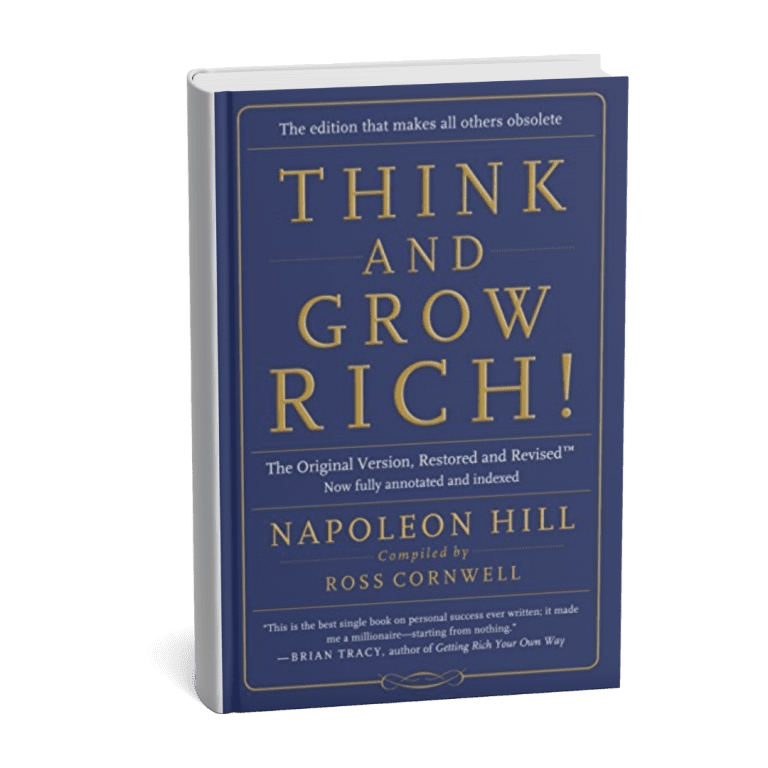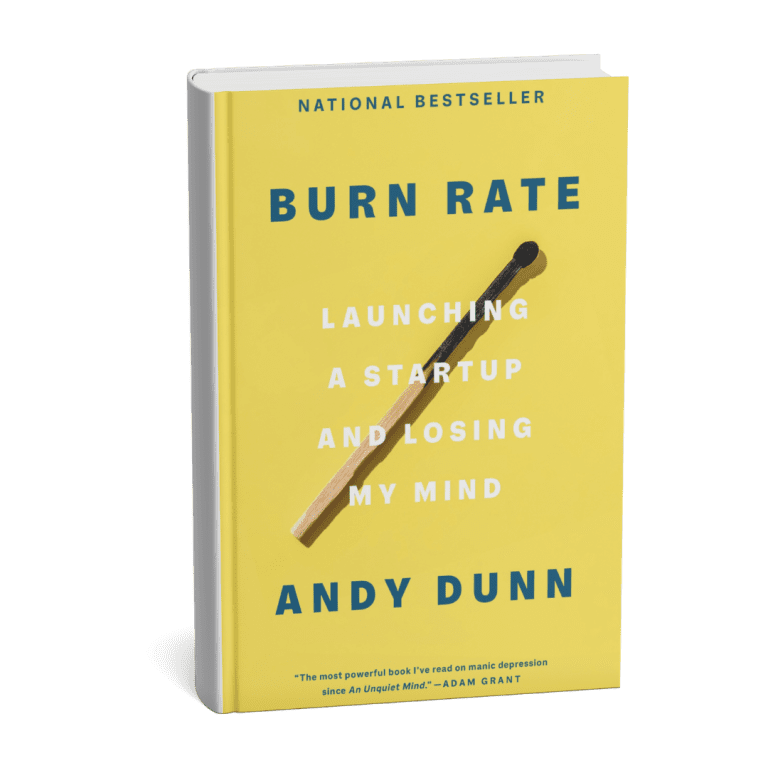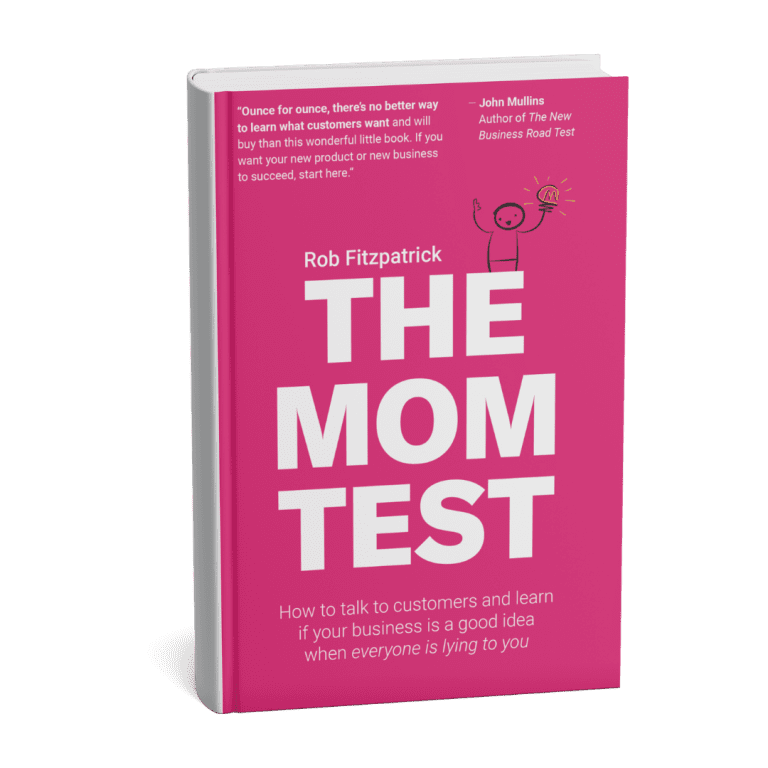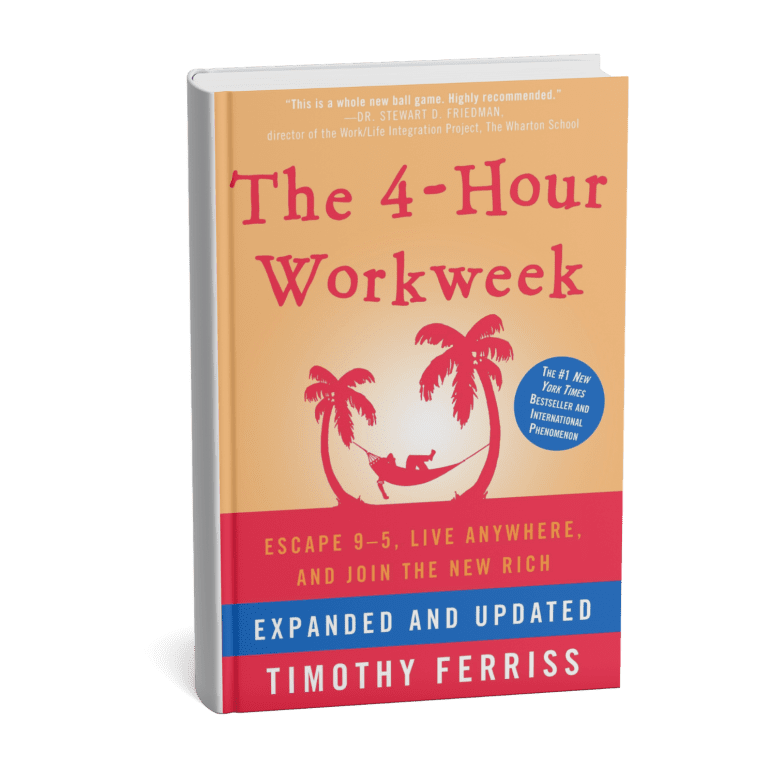A Random Walk Down Wall Street by Burton G. Malkiel is a fundamental guide to investing, widely regarded as one of the most influential books on personal finance and stock market investing. Malkiel introduces the efficient market hypothesis (EMH), arguing that stock prices are inherently unpredictable and that no investor can consistently outperform the market through stock-picking or market timing.
The book’s title, “random walk,” suggests that short-term price movements in the stock market are entirely random and driven by new, unpredictable information. According to Malkiel, technical analysis (chart-based investing) and fundamental analysis (stock valuation methods) do not provide a reliable way to beat the market over the long term. Instead, he advocates for passive investing strategies, such as investing in low-cost index funds, which offer diversification, reduced risk, and long-term growth potential.
Throughout the book, Malkiel critiques various investment strategies, such as technical analysis, fundamental analysis, and actively managed funds, demonstrating that most professional fund managers fail to outperform the market after fees and expenses. He explains that even skilled investors are often outperformed by the overall market due to transaction costs, biases, and inefficiencies.
Malkiel also discusses behavioral finance and how investors’ emotions and cognitive biases often lead to irrational decision-making. He explores market bubbles, such as the dot-com bubble and the housing market crash, showing how investor speculation and herd mentality can drive prices to unsustainable levels.
For individual investors, Malkiel provides practical investment advice, including strategies for building a diversified portfolio, balancing risk, and maximizing returns over time. He emphasizes that investing should be a long-term process, rather than an attempt to chase short-term gains. His core investment philosophy revolves around low-cost, well-diversified index funds, dollar-cost averaging, and asset allocation tailored to an investor’s age and risk tolerance.
Overall, A Random Walk Down Wall Street serves as a comprehensive, data-driven guide to investing, dispelling common myths about market timing and stock-picking. Malkiel’s arguments for passive investing and market efficiency remain highly relevant, making the book an essential read for anyone interested in financial markets, retirement planning, or long-term wealth building.












